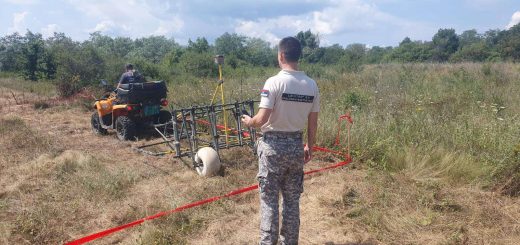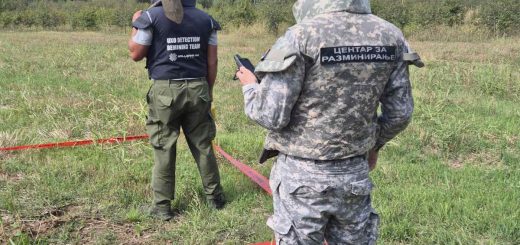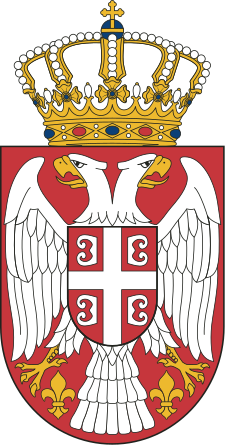Civil Protection – System that Permeates Many Spheres of Society
On the occasion of March 1 – the International Day of Civil Protection, we have spoken with Bratislav Rančić, former Head of the Directorate for Civil Protection of the Sector for Emergency Management of the Ministry of Internal Affairs, and now engaged in the Serbian Mine Action Centre, where he selflessly shares his long-term experience and acquired knowledge with young colleagues. We have talked about the importance of civil protection for the population in the Republic of Serbia, as well as the details that everyone should keep in mind when acting in emergency situations.

Mr. Rančić, to begin with, tell us what civil protection is?
– Civil protection is defined by the Law on Risk Reduction and Emergency Management as an organized system whose main activity is protection and rescue and elimination of the consequences of natural disasters, technical-technological accidents of other major dangers that can endanger the population, material and cultural goods and environment in peace, state of emergency and war.
The Law on Defense establishes that civil protection in a state of emergency and war is organized as part of the defense system.
Civil protection is internationally codified by the Supplementary Protocol to the Geneva Conventions of August 12, 1949 on the protection of victims of international armed conflicts (Protocol I). SFRY ratified the aforementioned Protocol I by law on December 26, 1978. Thus, the aforementioned Protocol I is part of the legal order of the Republic of Serbia.
Chapter VI of the above-mentioned protocol defines the term of civil protection, the field of application, general legal protection of members of the civil protection and others.
“The term civil protection means carrying out humanitarian activities with the aim of protecting the civilian population from the danger of hostility or misfortune and helping them to overcome their immediate effects, as well as to ensure the conditions necessary for their survival.”(Article 61, Protocol I)
Also, in Article 61, it was determined that the term “civili protection” means those institutions and other units organized and authorized by the competent authority to perform some of the humanitarian tasks specified in Article 61, Protocol I.
Can you say something more about civil protection in emergency situations?
– Civil protection is activated when emergency situations arise caused by natural disasters or technical-technological accidents, and of such a scale and intensity that their occurrence or consequences cannot be prevented or eliminated by the regular action of competent authorities and services, and for their mitigation and elimination it is necessary to engage additional forces and means.
What are the civil protection forces in our country?
– According to the currently valid Law on Disaster Risk Reduction and Emergency Management, civil protection forces are civil protection units, civil protection trustees, as well as subjects of special importance for protection and rescue, business companies and other legal entities, humanitarian organizations and associations that have certain abilities that can be useful for the protection and rescue of the civilian population.
What kind of units are they and what are they being trained for?
–Civil protection units are organized as specialized and general purpose units. Specialized units are formed by the Sector for Emergency Management, while local self-government units are in charge of forming general purpose units and warning units.
Specialized civil protection units are equipped and trained for engagement on the territory of the entire country, and general purpose units are engaged only on the territory of the local self-government that formed them.


In accordance with the threat assessment, civil protection units are trained, equipped and trained as operational forces for the execution of civil protection measures.
What are the specialized units?
– So far, the Sector for Emergency Management has formed the following Specialized Units:
For fire protection, water and underwater rescue, first aid, care, radiological-chemical-biological protection and rescue from ruins.
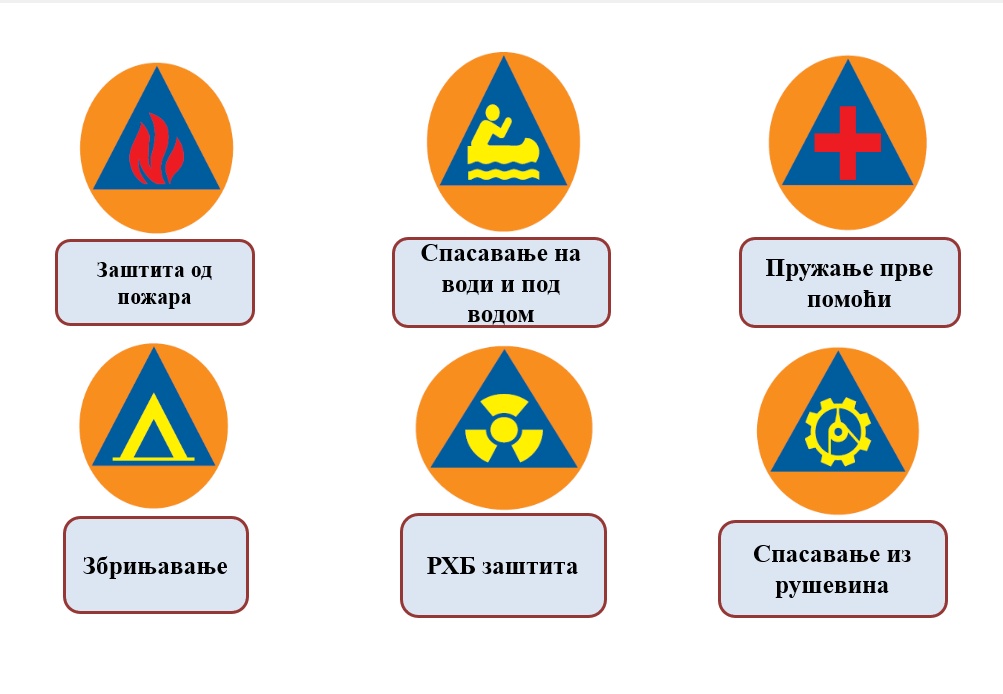
How does one become a member of the civil protection unit?


– Conscripts who did not serve military service or served civilian military service and volunteers, as well as women and men, are assigned to civil protection units.
Volunteers are assigned to civil protection units in accordance with their previously acquired knowledge, abilities, preferences and expressed wishes.
Do the members of these units go through any training?


–Yes, of course, trainings are mandatory. Basic training lasts from 5 to 7 days, depending on the type of unit. Civil protection units, after completing basic training, are invited once a year to training sessions lasting 1 to 2 days.
Who belongs to the subjects of special importance for protection and rescue in the territories of local governments?
– In emergency situations, local self-government units engage their civil protection units, and in addition to them, all other available forces on their territory, especially legal entities that have certain capacities for protection and rescue.
Also, humanitarian organizations and citizen associations, sports clubs, voluntary fire brigades and others who have certain abilities for protection and rescue and providing assistance to the injured population are included in protection and rescue.
Who gives assignments?
– All forces for protection and rescue in local self-governments in the implementation of civil protection measures are managed by the Headquarters for Emergency Situations.
And let’s go back, what are the civil protection measures?
– The Law on Disaster Risk Reduction and Emergency Management established civil protection measures, namely:
Alerting, evacuation, shelter, treatment of the endangered and injured, radiological-chemical-biological protection, protection from technical-technological accidents, protection and rescue from ruins, protection and rescue from floods and accidents on and under water, protection and rescue on inaccessible terrain, protection and rescue from fire and explosion, first and medical aid, sanitation of terrain and protection from explosive remnants of war (ERW).
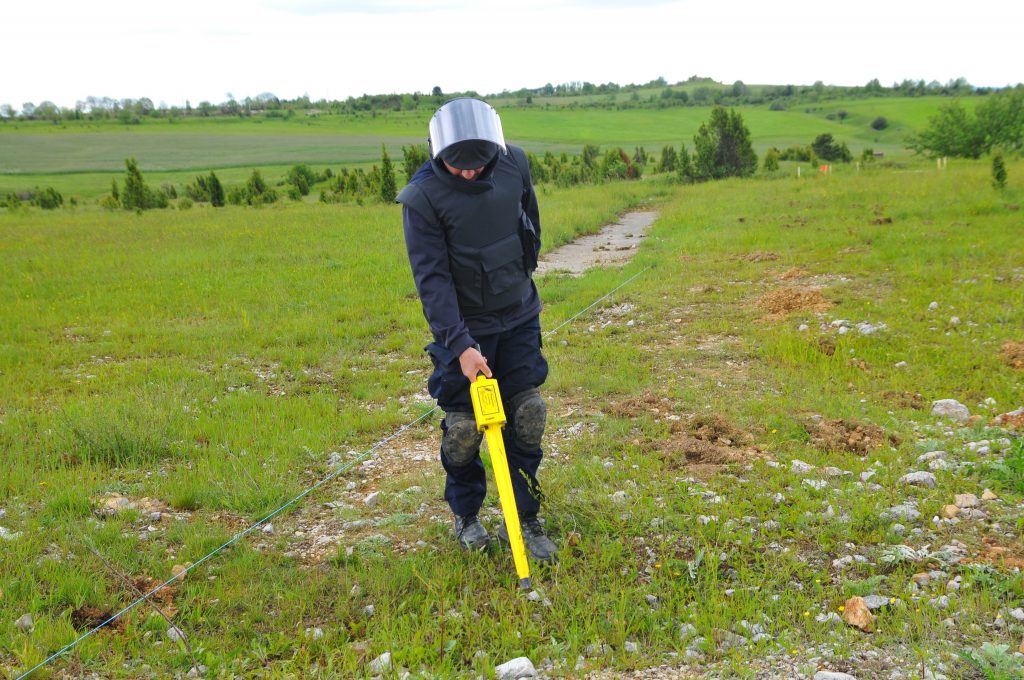
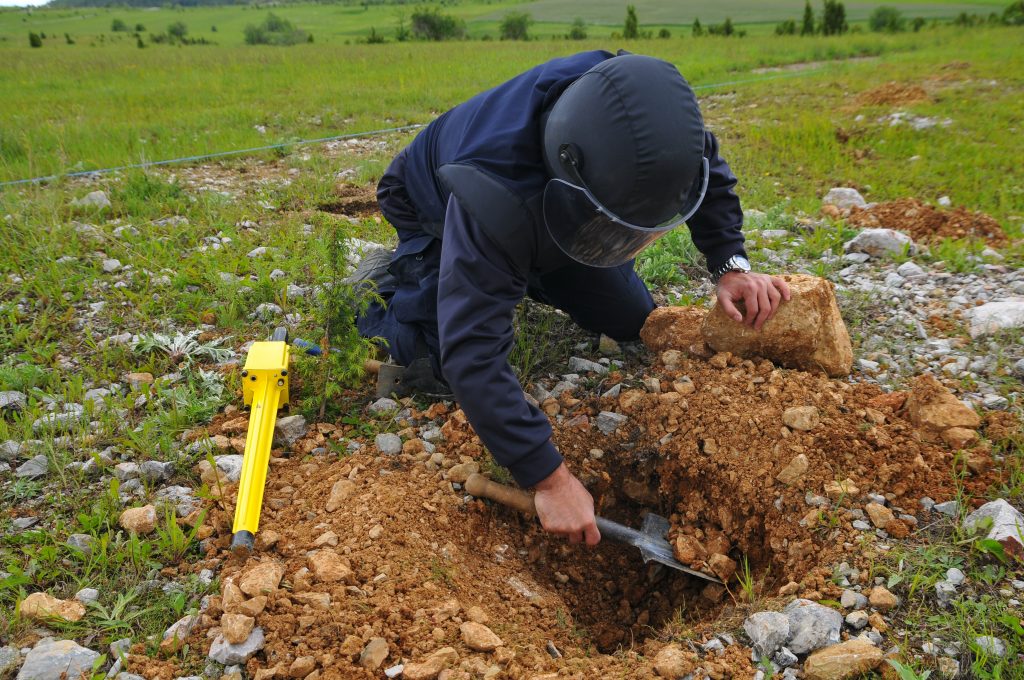
How satisfied are you with the normative-legal regulation that regulates civil protection affairs?
– Yes, I think that the normative and legal regulation is quite well done, which enables the development of civil protection, it is only necessary to provide greater financial resources for the development of civil protection units, both in the Sector for Emergency Management and at the level of local self-government units for the formation and equipping of units general purpose and alarm unit.
You said that one of the civil protection measures is the protection of the population from unexploded ordnance (UXO)? Unfortunately, as far as that question is concerned, history has left us a burdensome legacy.

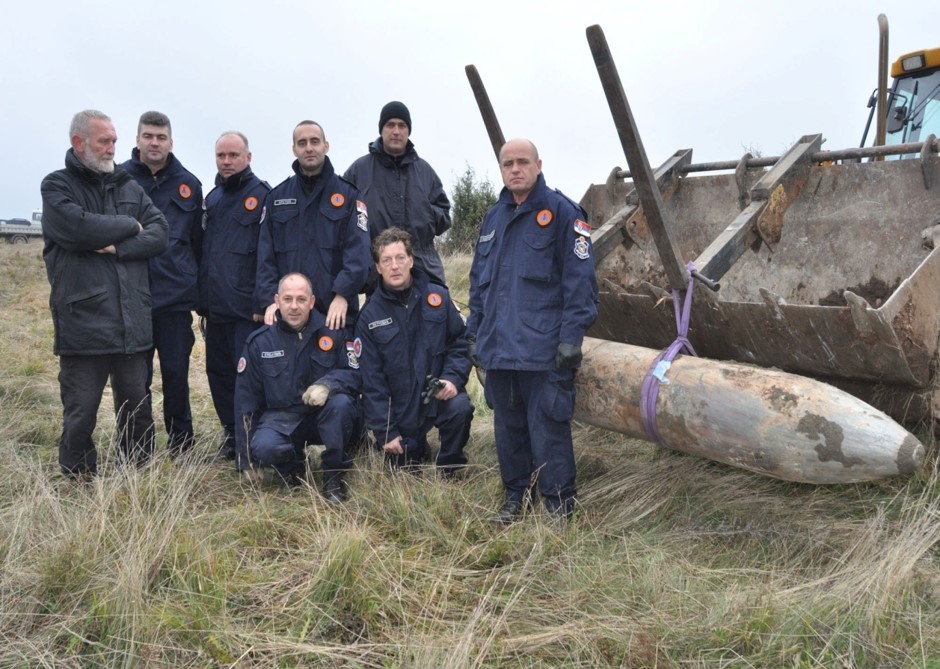
–Several wars have been fought on the territory of the Republic of Serbia in the last hundred years, and one of the consequences of such historical circumstances is the presence of a large amount of residual UXO.
The problem of finding, removing and destroying UXO on the territory and water area of theRepublic of Serbia is all the more complex because UXOs are of different designs, sizes, origins and come from different time periods, starting with the Balkan Wars, the First and Second World Wars, NATO bombing and after 1999.
The 1999 NATO bombing resulted in the presence of a large number of unexploded aerial bombs and rocket missiles of large mass, as well as the contamination of the territory with unexploded submunitions of cluster aerial bombs.
SMAC performing tasks of clearing contaminated areas polluted by mines, cluster bombs and other unexploded ordnance, is, in addition to the Sector for Emergency Management, a participant in the implementation of protection measures against unexploded ordnance. So March 1 – the International Day of Civil Protection, should also be marked by the SMAC as part of the civil protection system.
When did you become interested in protection against unexploded ordnance?
– It started in 1999 when the NATO attacked our country and we were faced with bombing, which resulted in the problem of unexploded ordnance that had to be removed as a matter of urgency because they directly endangered the population.
Then, in civil protection, we managed to form two teams for the removal and destruction of UXO. After the end of the bombing, the civil defense continued to work on the removal and destruction of UXO and the struggle to organize adequate systematization and formation of teams to perform these tasks. In December 2002, the Serbian Mine Action Centre was established as a body responsible for the coordination of works related to humanitarian demining, which made our job much easier in the civil protection at that time, because the SMAC took over part of the tasks, first of all, in clearing areas of cluster bombs and mines, while civil protection continued to deal with the removal and destruction of all accidentally found UXO, as well as UXO found on the clearance projects for contaminated areas, which are developed and managed by the SMAC.
Since then, our cooperation has begun, which continues today.
After retirement, at the invitation of SMAC Director, Bojan Glamočlija, I joined the SMAC team. My interest is, in addition to other tasks of protection against explosive remnants of war, training of deminers and pyrotechnicians and the creation of conditions for organizing and conducting training. And here, joint efforts, after several years, have been crowned with the formation and official opening of the SMAC Innovation and Educational Park, in the former military barracks in Velika Moštanica, which the army handed over to us. There, we have created the conditions for high level training of deminers and pyrotechnicians, in addition to cabinets equipped with a large number of school and training ordnance, with cross-sections of ordnance, elaborate ordnance, prepared training sites for demining and battle area clearance, as well as training grounds for the use of all types of detectors and their alignment.
Finally, I would like to emphasize that working and cooperating with young colleagues at the SMAC is a real pleasure and fills me with new energy and enthusiasm.


